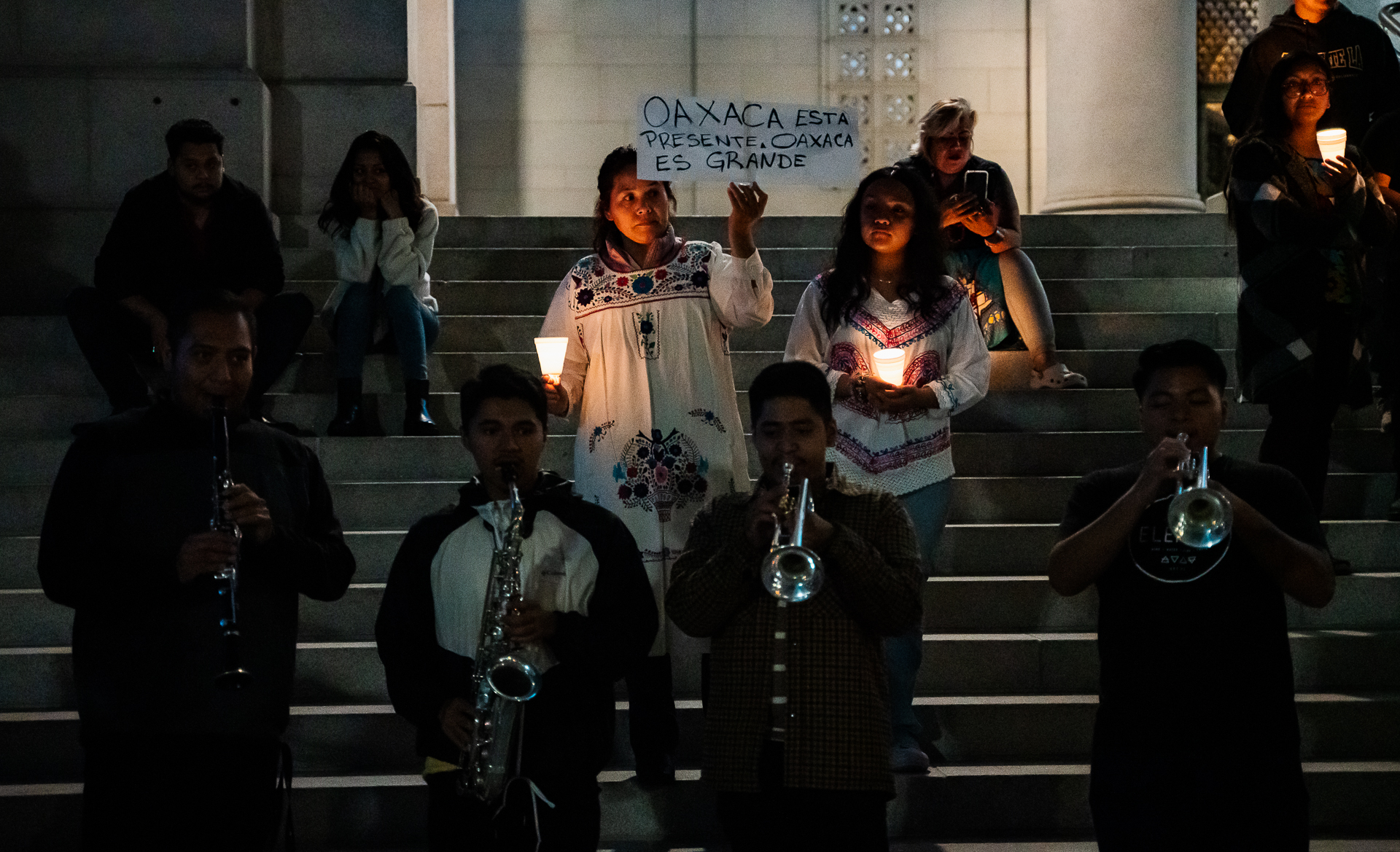The Los Angeles City Council Wednesday designated a section of Pico Boulevard between Arlington Avenue and Westmoreland Avenue as the "Oaxacan Corridor" in an effort to celebrate the people of Oaxaca.
The Council voted 14-0 on the matter, with Councilwoman Monica Rodriguez absent during the vote. The motion instructed the Department of Transportation to designate and post ceremonial signs no later than Nov. 17.
Additionally, the motion directed the Bureau of Street Services and other relevant departments to conduct an analysis for a proposed streetscape project along the corridor to uplift the Oaxacan community and local businesses.
Council members Eunisses Hernandez and Heather Hutt introduced the motion in September.
"In response to the hateful, anti-indigenous comments made last year by several elected leaders, the City Council has worked vigorously to empower and to give voice to the grievances and pain experienced by those affected communities," the motion states. "One of those impacted communities was the Oaxacan community."
An infamous leaked conversation from 2021 between three City Council members and the former president of the Los Angeles County Federation of Labor included a disparaging remark about Oaxacan people from former Council President Nury Martinez, who later resigned.
Officials said many Oaxacan businesses will benefit from the corridor project.
"As part of the enhancements, the project will aim to create facade improvements along the corridor, to work on cultural preservation and bring the vibrant colors of Oaxaca to the corridor. In addition, the project will aim to make the corridor a hub for economic development," the motion states.
The Oaxacan Corridor will be located in Hernandez's First District, which includes parts of northeast and northwest L.A., and Hutt's 10th District, which includes portions of central and south L.A.
According to the motion, contemporary Oaxacan migration is rooted in the mid-20th century patterns of movement that characterized Mexico in general. Migrants left for destinations in the United States as early as the 1940s, and many found contract work through the Bracero Program.
The program ended in 1964, and many Oaxacans found jobs in agricultural and service industries throughout California.
The city of Los Angeles is home to the second-largest group of Oaxaqueños outside of the state of Oaxaca, Mexico.







